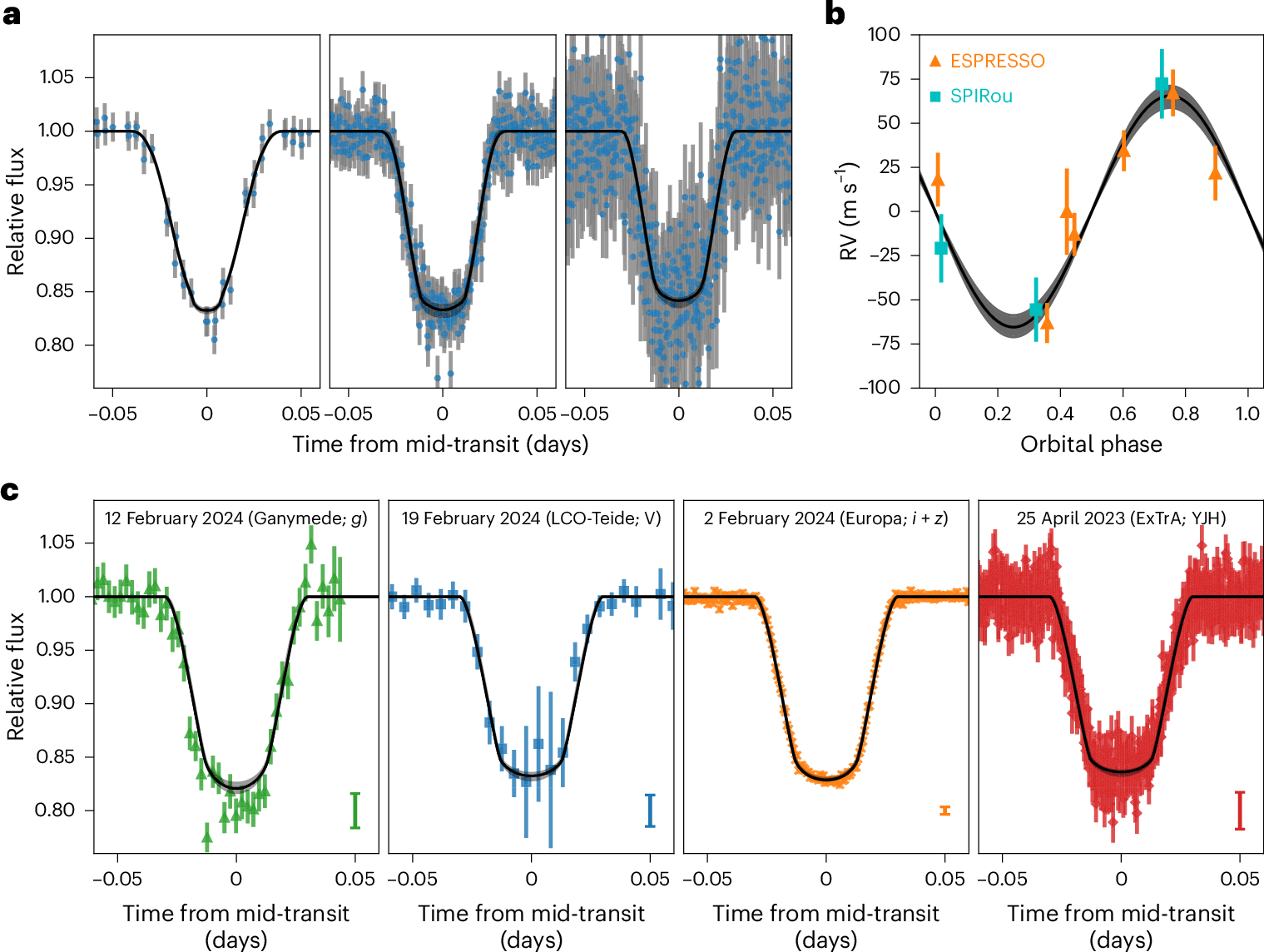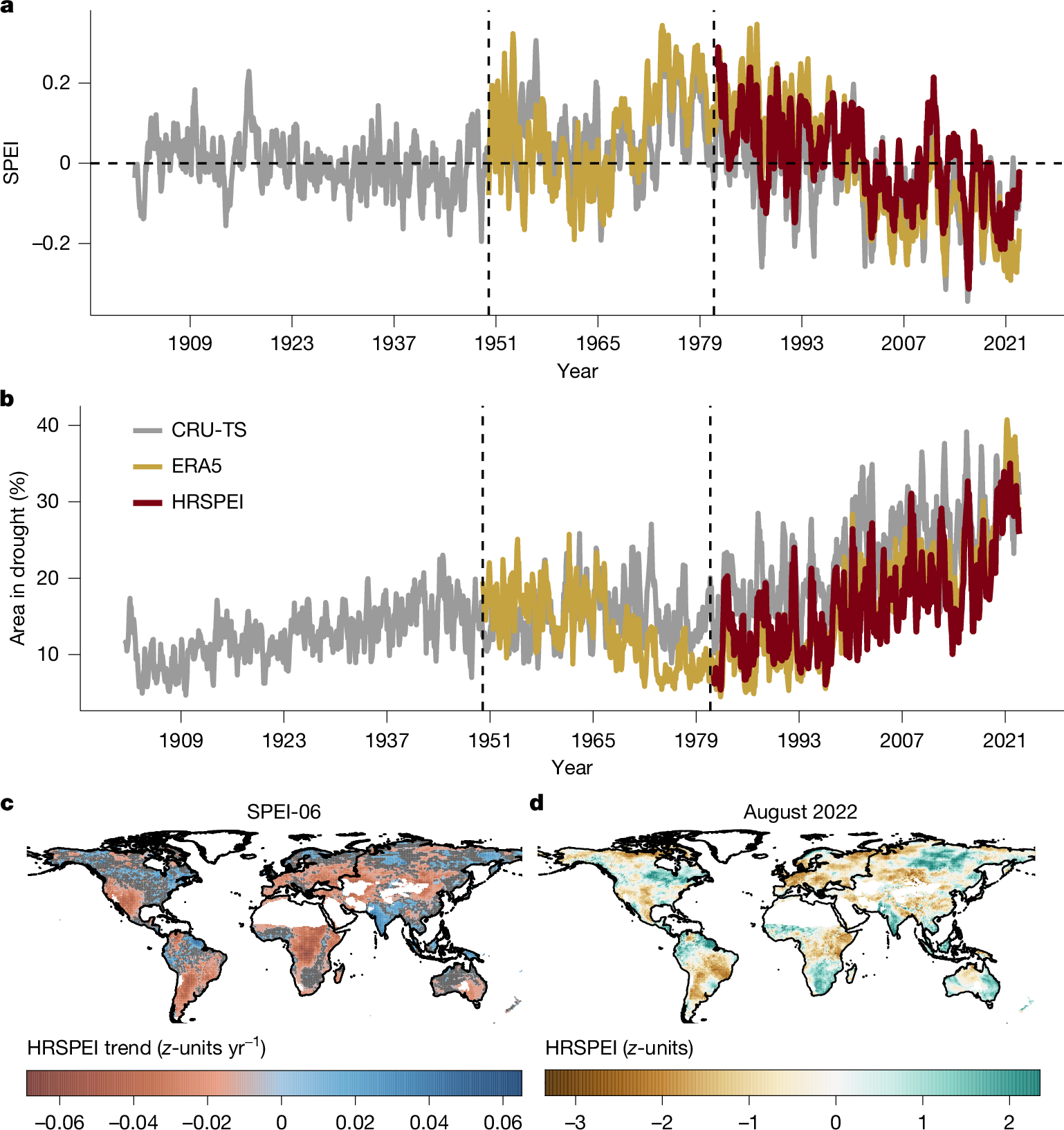2025-06-04 ユニバーシティ・カレッジ・ロンドン(UCL)

<関連情報>
- https://www.ucl.ac.uk/news/2025/jun/giant-planet-discovered-orbiting-tiny-star
- https://www.nature.com/articles/s41550-025-02552-4
0.2太陽質量の主星の軌道にある通過する巨大惑星 A transiting giant planet in orbit around a 0.2-solar-mass host star
Edward M. Bryant,Andrés Jordán,Joel D. Hartman,Daniel Bayliss,Elyar Sedaghati,Khalid Barkaoui,Jamila Chouqar,Francisco J. Pozuelos,Daniel P. Thorngren,Mathilde Timmermans,Jose Manuel Almenara,Igor V. Chilingarian,Karen A. Collins,Tianjun Gan,Steve B. Howell,Norio Narita,Enric Palle,Benjamin V. Rackham,Amaury H. M. J. Triaud,Gaspar Á. Bakos,Rafael Brahm,Melissa J. Hobson,Vincent Van Eylen,Pedro J. Amado,… Sebastián Zúñiga-Fernández
Nature Astronomy Published:04 June 2025
DO:Ihttps://doi.org/10.1038/s41550-025-02552-4

Abstract
Planet formation models indicate that the formation of giant planets is substantially harder around low-mass stars due to the scaling of protoplanetary disc masses with stellar mass. The discovery of giant planets orbiting such low-mass stars thus imposes strong constraints on giant planet formation processes. Here we report the discovery of a transiting giant planet orbiting a 0.207 ± 0.011 M⊙ star. The planet, TOI-6894 b, has a mass and radius of MP = 0.168 ± 0.022 MJ (53.4 ± 7.1 M⊕) and RP = 0.855 ± 0.022 RJ and probably includes 12 ± 2 M⊕ of metals. The discovery of TOI-6894 b highlights the need for a better understanding of giant planet formation mechanisms and the protoplanetary disc environments in which they occur. The extremely deep transits (17% depth) make TOI-6894 b one of the most accessible exoplanetary giants for atmospheric characterization observations, which will be key for fully interpreting the formation history of this notable system and for the study of atmospheric methane chemistry.



